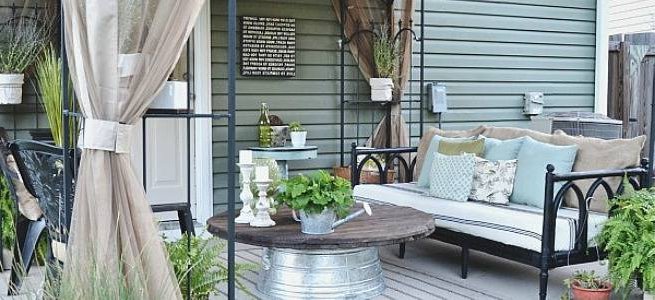Blinds yes or no?
One of the most surprising things when traveling in the Nordic countries is the absence of blinds on the windows. In fact, sometimes they don't even have curtains, letting you see everything that happens inside the houses.
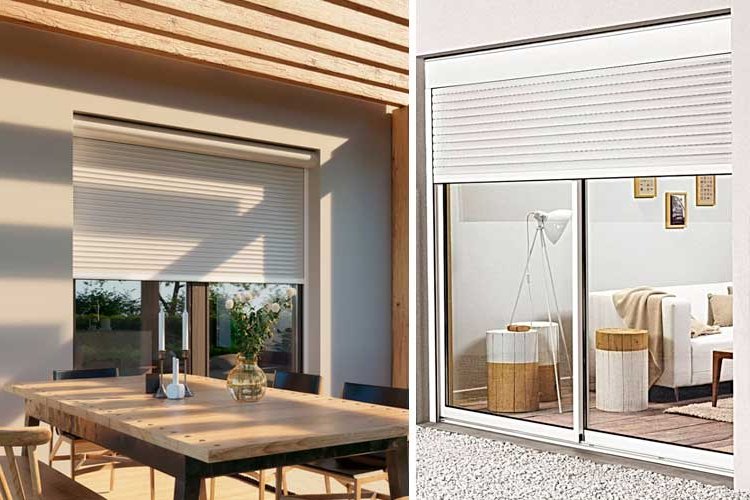
This is very different in southern countries, where 90% of homes have blinds in all rooms.
We are so used to them that it is strange to think about not installing them, but the truth is that it is not always feasible or convenient to do so.
So in this post we are going to try to explain everything related to this system so that you have all the information when installing this or any other alternative system.
Advantages and disadvantages of installing blinds
When deciding on the installation of blinds as the main light and heat control system for your windows, you have to take into account both their advantages and disadvantages.
Advantages
There are many advantages of installing shutters, among the main ones are the following:
Allow absolute opacity
This is essential especially in bedrooms and for those people who are hypersensitive to light, who wake up as soon as they see a glimmer of light.
And it is that very few alternative window covering systems allow that absolute opacity. Even opaque curtains or blinds, often let some light through the sides, not being able to stick completely to the windows to leave space for the waves or not to collide with the handle.
2. It is one of the best systems to control light.
The fact that they are made up of slats with small openings between them and that they can be raised and lowered as desired means that we can control the light at the level we want.
3. Allows better temperature control than other systems
Perhaps this is the main reason why they are so popular in the South as opposed to the North. In hot countries, lowering the blinds in summer not only prevents the sun from penetrating into the house, making it overheat, but also, being a system that acts outside the window, it blocks the rays and absorbs part of the heat, clearly cooling the environment.
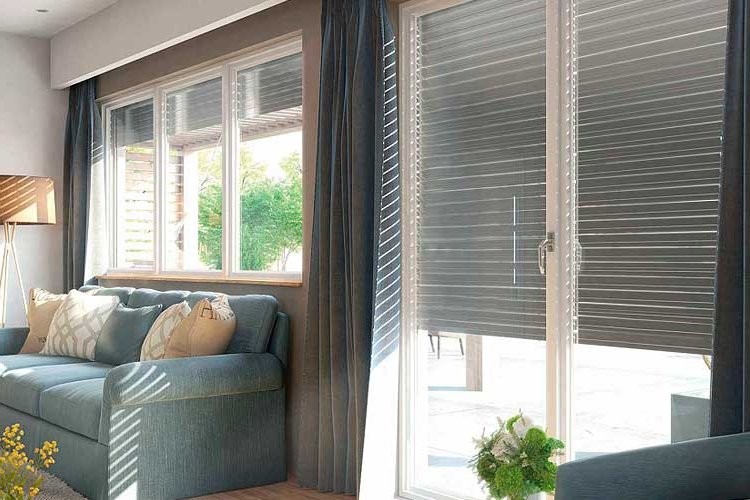
4. Allows to keep the windows open
Unlike other systems, the blinds are located outside the window, which allows us to keep the windows open even when they are lowered, allowing the air to enter the house without anything blocking it and maintaining privacy.
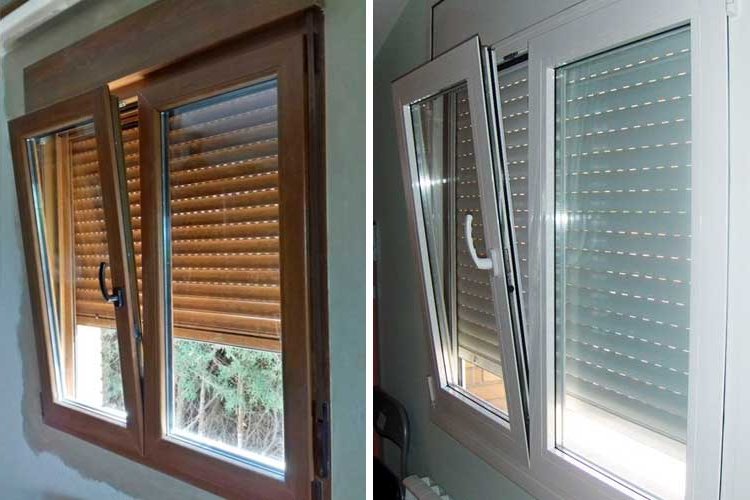
This is not the case with blinds or curtains, which require the window to be uncovered in order to keep it open.
5. They are a natural deterrent against thieves.
Leaving all the blinds down when we go on a trip is a deterrent against the temptation to enter through the window of friends of strangers, who, if they did not have them, a simple glass would be much easier to circumvent.
Inconveniences
On the contrary, its main disadvantages are mainly these:
1. They reduce the free window opening.
Except in old houses, where the shutter box used to be independent of the window, with the former fitting into part of the façade opening, "monoblock" windows, which already include the shutter, are used in today's renovations and houses.
This makes it necessary to fit the window with box included in the free space allowed by the facade, which often "eats" about 15-20cm of light at the top.
2. The drawers are not aesthetically pleasing
On an aesthetic level, for an interior designer, blind boxes that protrude above the window are an evil to live with.
Depending on the protrusion of the blind box, it is often necessary to place blinds or curtains away from the windows, eating up space in the room.
Aesthetically, they make the window lower and are an unflattering element, which can only be hidden with blinds or Venetian blinds, since curtains or Japanese panels cannot hide them when they are open.
3. They are a source of energy loss
When installing a window, both the louver box and the cassette sash are two sources of heat gain or loss.
Although there are solutions, such as a good insulation of the box or the installation of motorized blinds that avoid the tape, the truth is that most people tend to opt for standard blinds, with the consequent loss of energy.
4. They tend to break down over time
It has surely happened to all of us at some time. A blind that comes down crooked, a slat that has slipped out of place, or a strange noise when pressing the switch if we have it motorized.
The blinds are less durable than other simpler systems such as the installation of blinds or curtains, which at most require cleaning from time to time.
In these cases it is essential to hire good professionals in shutter repair, since trying to fix them ourselves is a sure source of problems.
When it is not advisable or not feasible to install blinds
Even if we are fans or true fans of blinds, it is not always feasible or convenient to install them.
Here are some of the situations in which it would be preferable to opt for an alternative system.
Small windows
When we have very small window openings, putting a blind does not make sense. The box would eat up almost all the space and the blind would be so short that it would not be rational to install it.
If the window is also located high up, the reason would be twofold.
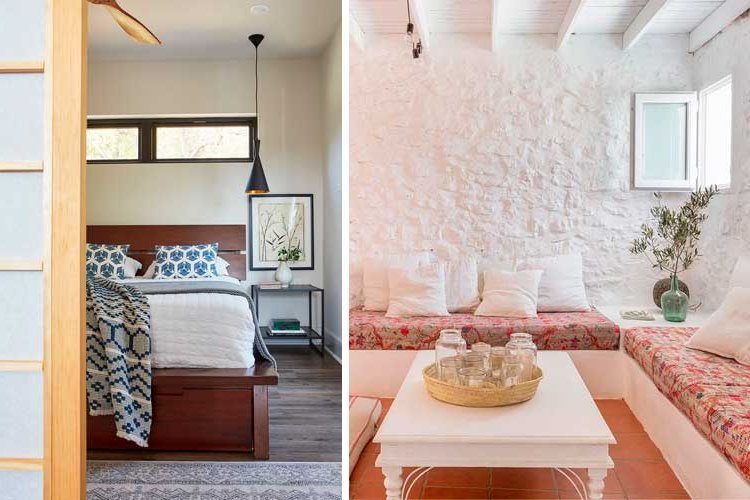
Very large windows
The opposite would be the case. In loft-type spaces, where the windows can be up to 5 meters high, the installation of blinds would be very impractical.
Even if they were available in that size, the drawer would be so large that it would not compensate aesthetically, and the risk of failure at the first attempt would be very high.
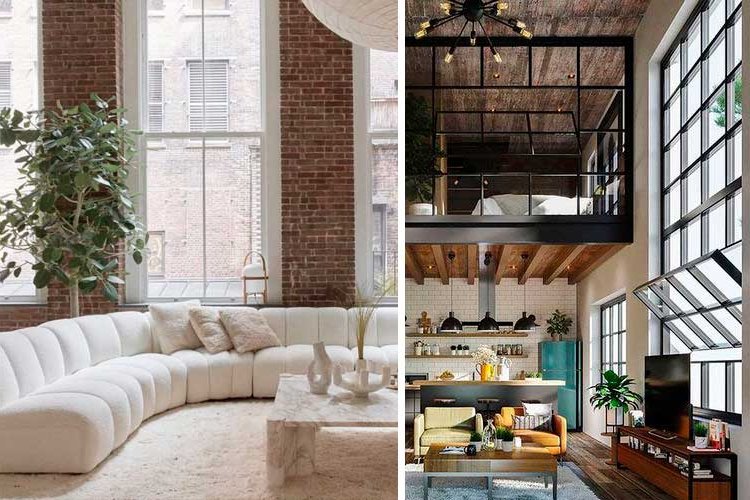
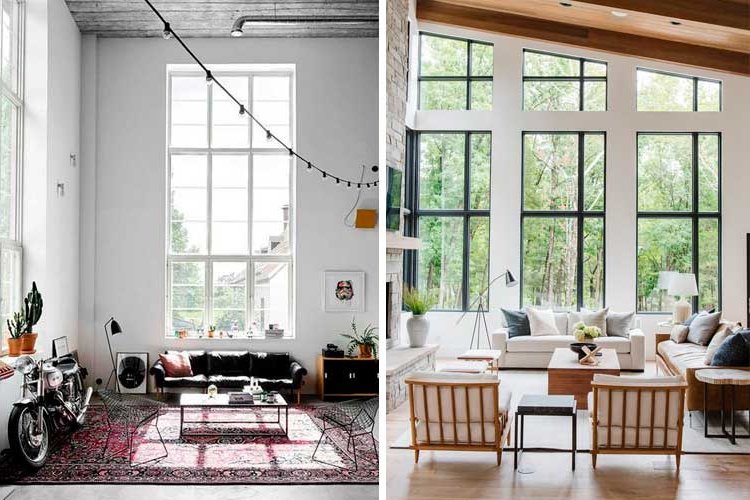
In such cases, it is much better to use a system of blinds, whether roller or package blinds, with greater or lesser transparency according to taste.
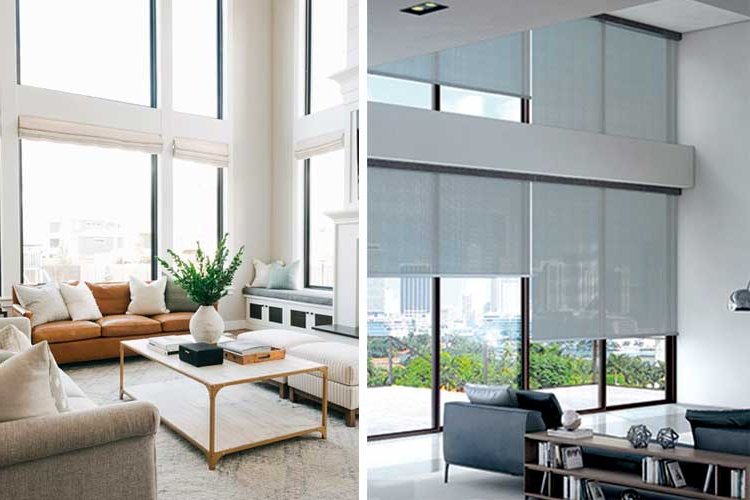
Irregular format windows
Although most of the windows found in the house are rectangular, the truth is that there are windows of very varied formats (circular, triangular, with rounded arches...).
In these cases a blind would be impossible to install, as it would lose its shape when lowered or raised and would not be able to cover the entire window.
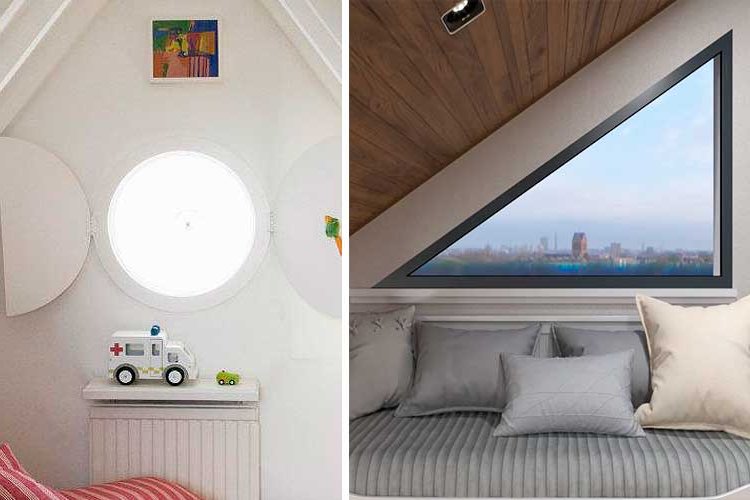
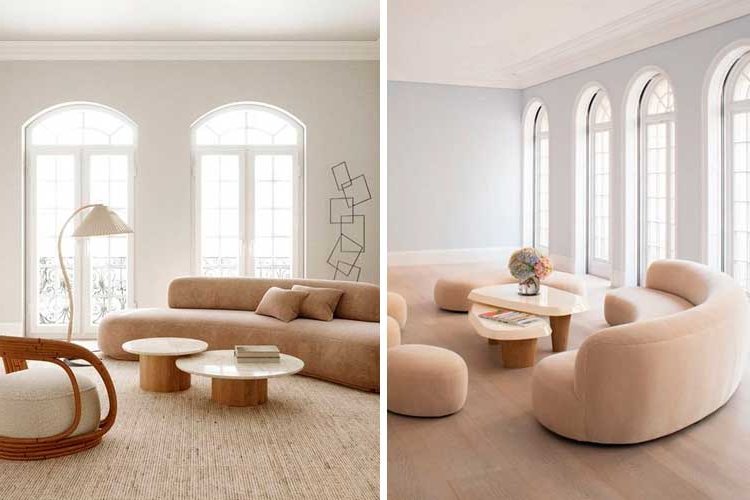
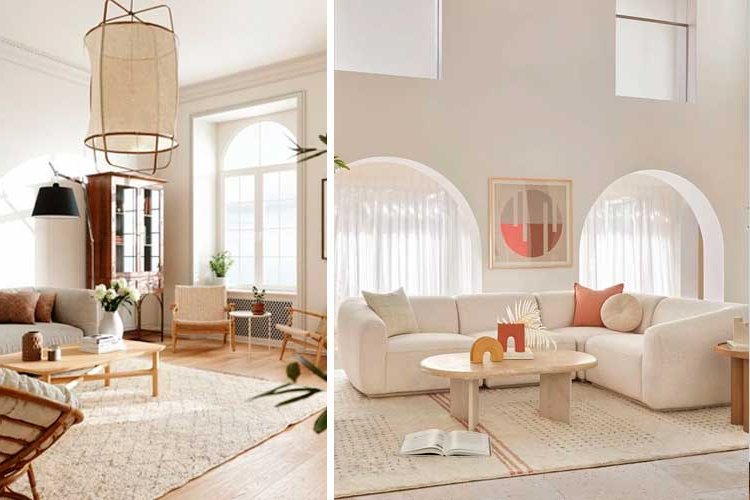
Windows of stately apartments
Windows are a common element in every building, since they affect the overall aesthetics, and therefore are usually subject to urban planning regulations.
In the same way that in those buildings of stately aesthetics that allow blinds can not be put in a different color to the established, there are others where the windows do not allow the installation of blinds to avoid destroying the aesthetics of the building.
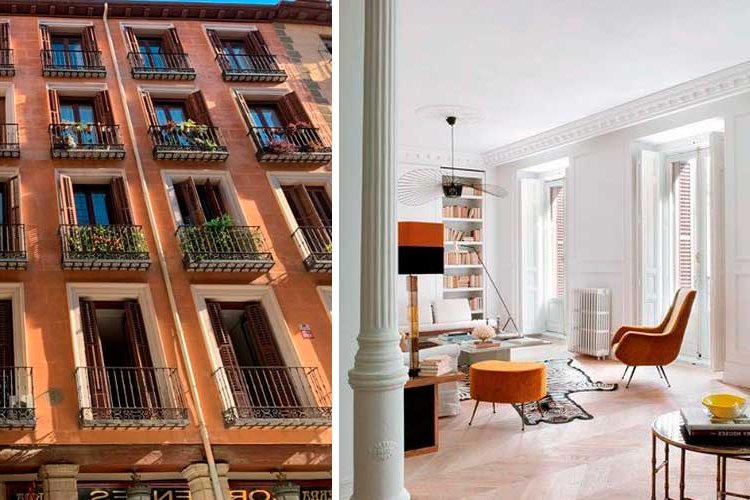
In these cases, the solution is usually the installation of shutters, either on the inside, on the outside or both.
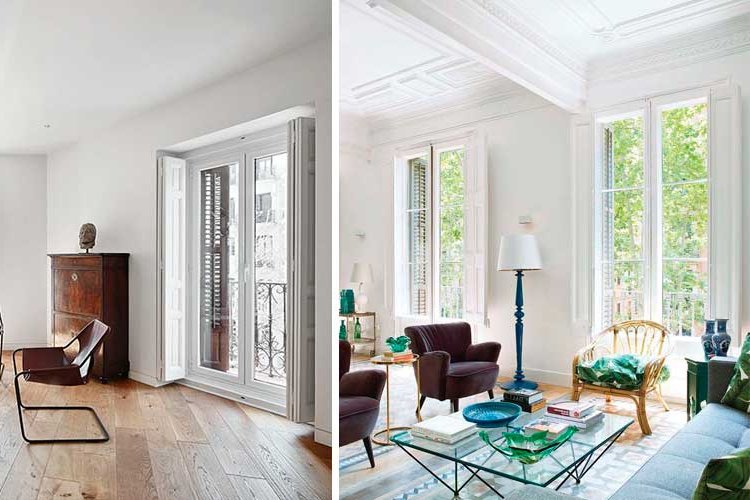
Attic spaces
When the window is embedded in a dormer, the conventional blind is not the most suitable system.
In these cases it is usually chosen either to leave it uncovered, or to install blinds with guides so that they fit perfectly with the window.
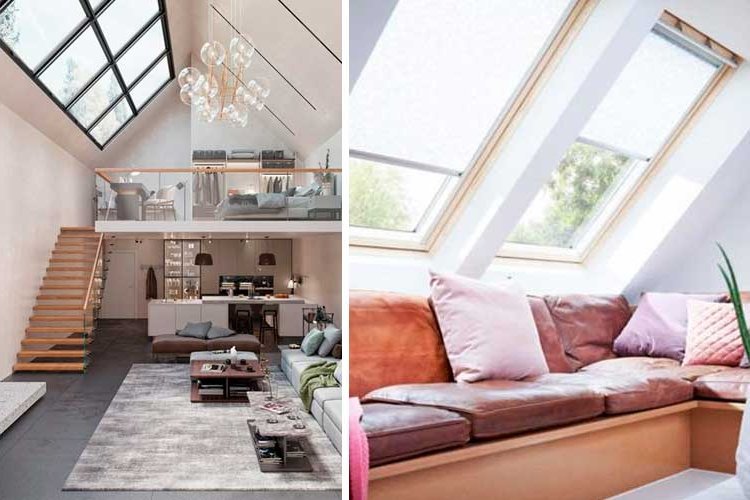
What types of blinds are there?
In addition to the standard ones, which are usually made of PVC, with the usual box and tape, we can find other types of special blinds.
Self-locking shutters
They are security shutters, since they have a system that makes it impossible to raise them.
Its anti-theft mechanism is achieved thanks to the combination of a slat and a self-locking bead that blocks the slat when trying to lift it from the outside, without allowing it to be opened.
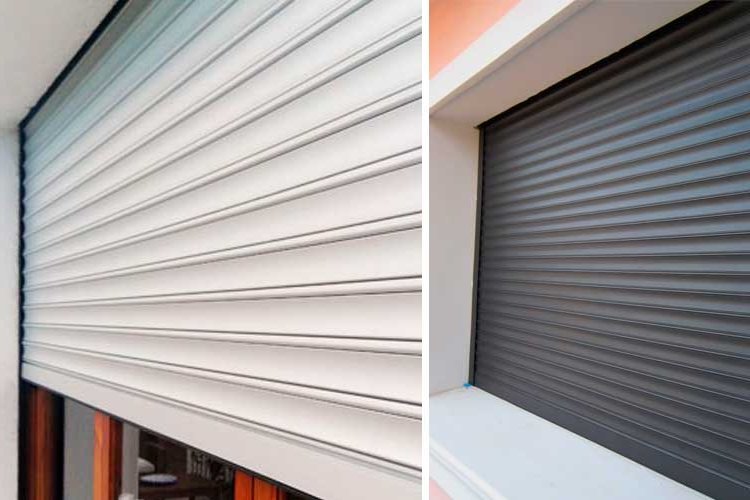
Motorized blinds
Ideal for large windows, where raising and lowering them with the belt can be heavy and cumbersome, motorized blinds can be raised or lowered by means of a switch or remote control.
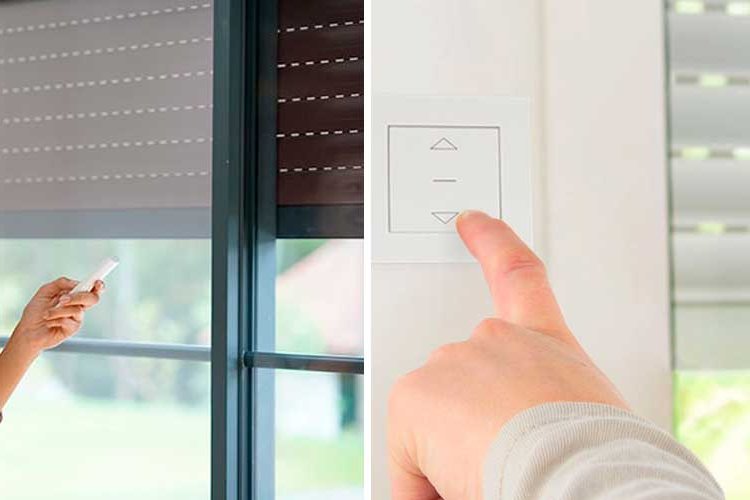
Thermal louvers
Although all blinds keep the temperature better than a simple curtain or blind, there are blinds specifically designed to prevent the cold or heat from entering our homes.
They are made of aluminum (a light and strong material), weigh less than PVC, do not fade in the sun, are easy to clean and resist inclement weather.
Its main feature is the insulation, a polyurethane foam filling that is injected between the slats, protecting the window from the cold in winter and the heat in summer.
As a "side effect" they also act as an acoustic insulator as a chamber that protects us from outside noise.
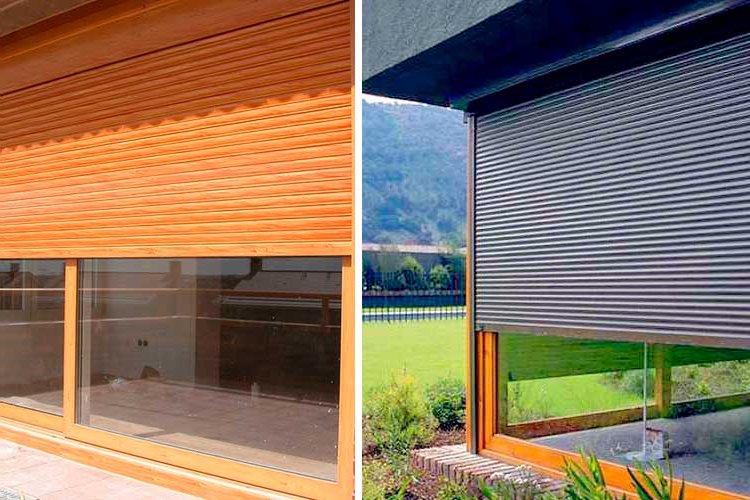
Bicolor blinds
Although most blinds installed in homes are usually the same shade on both sides, it is possible to order blinds in two different shades upon request.
This happens when we are obliged to maintain a certain tone on the facade, but inside we have a different tone carpentry.
For example, if on the inside we have white windows and we want white shutters but on the outside the tone of the woodwork (and the shutter) should be dark brown.
They are obviously more expensive and take a little longer to deliver than the usual ones, but to achieve the desired effect they are worth it.
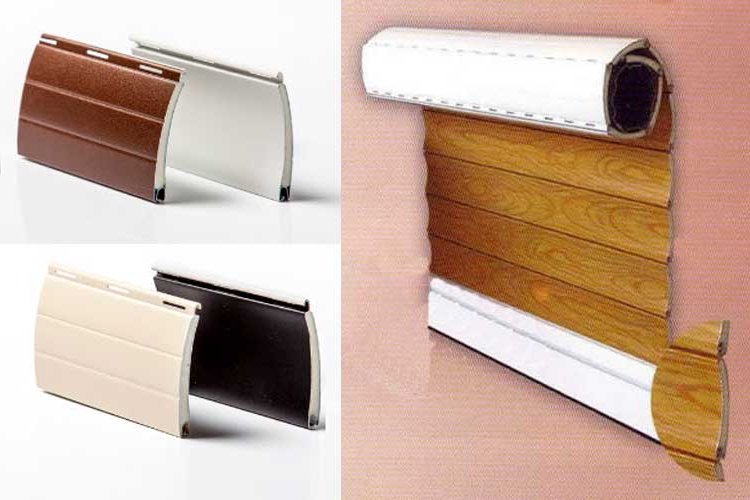
Alternative systems
When it is not possible or one prefers not to install blinds, there are different alternatives to gain privacy or control light.
Curtains
The most common system is to install curtains (something that usually takes any window with or without blinds).
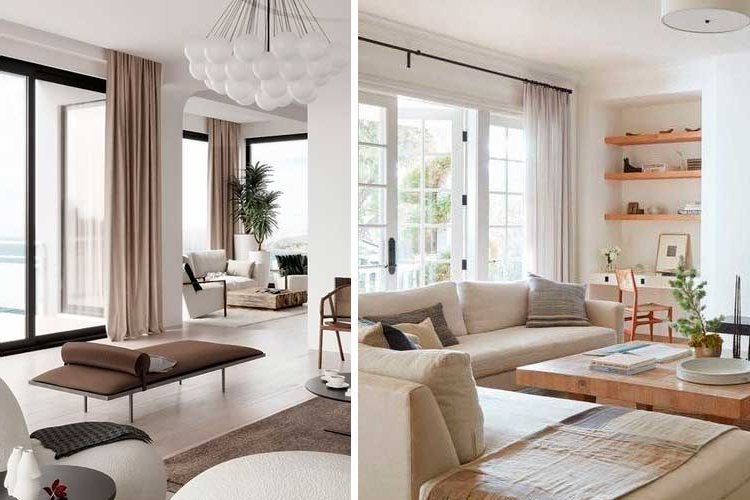
If there are no blinds, they are usually either opaque, or a double curtain is used (a net curtain for when we want more light, and another more dense curtain for when we want less).
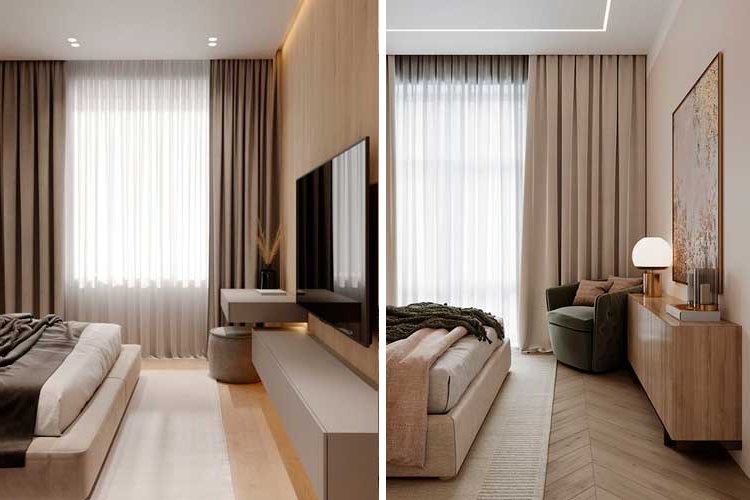
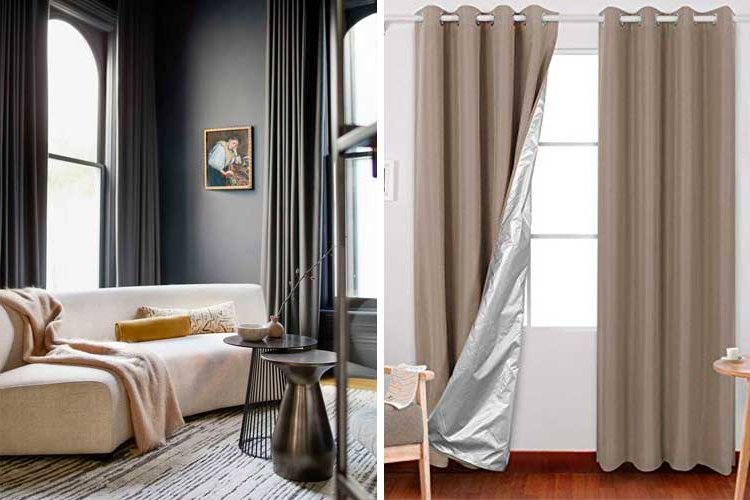
Blinds
Roller blinds, panel blinds, pleated blinds... The blinds can cover large areas of glass, and can be installed on the wall, on the ceiling or on the window frame itself.
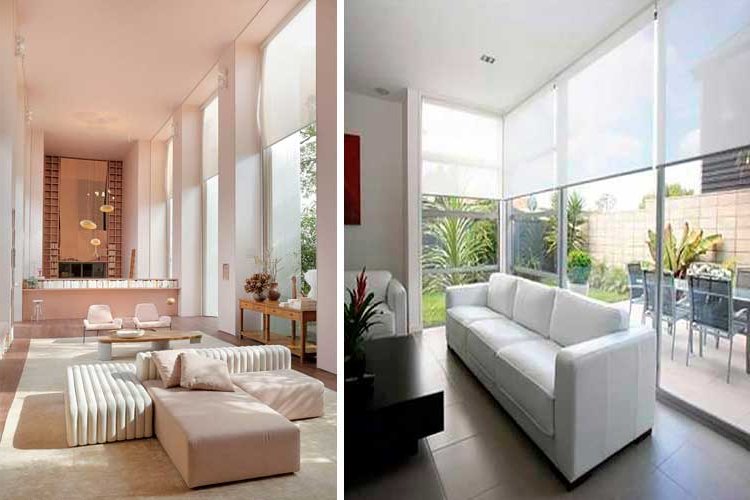
In fact, there are systems that avoid having to screw them, being installed directly on the window sash, which in turn allows to open it without having to lift the blind.
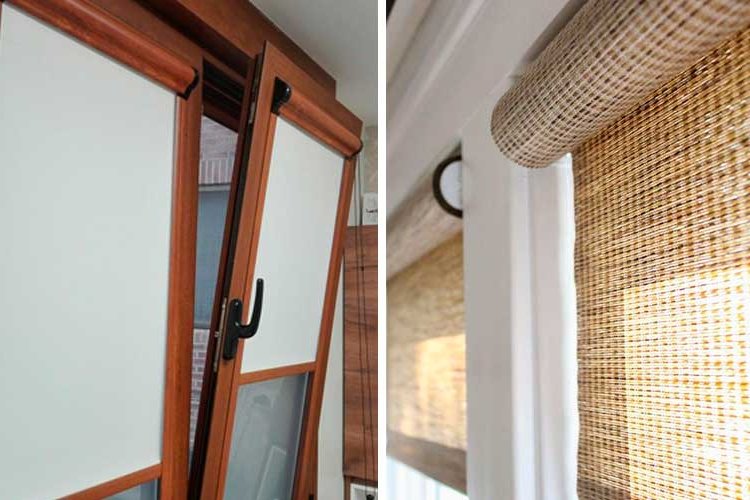
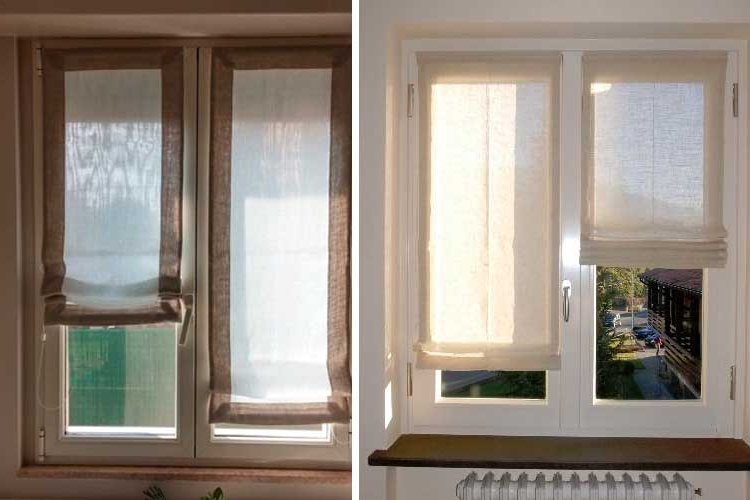
Venetian blinds
Venetian blinds allow the entrance of light to be regulated by playing with the position of the slats. They are available in aluminum, wood or fabric, and can be horizontal or vertical.
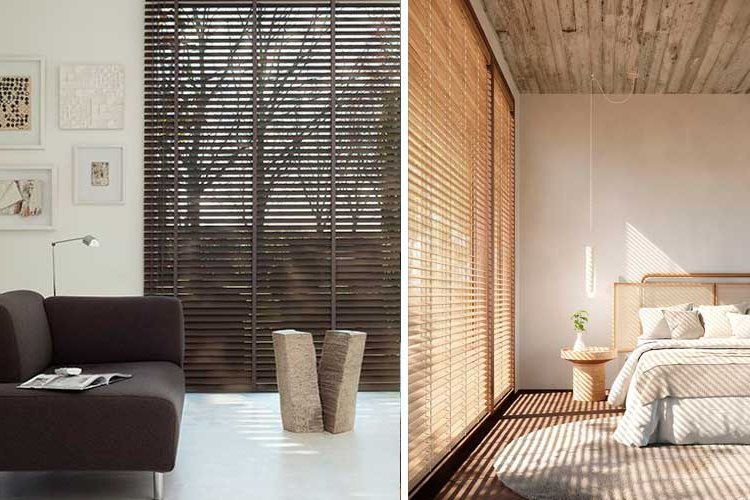
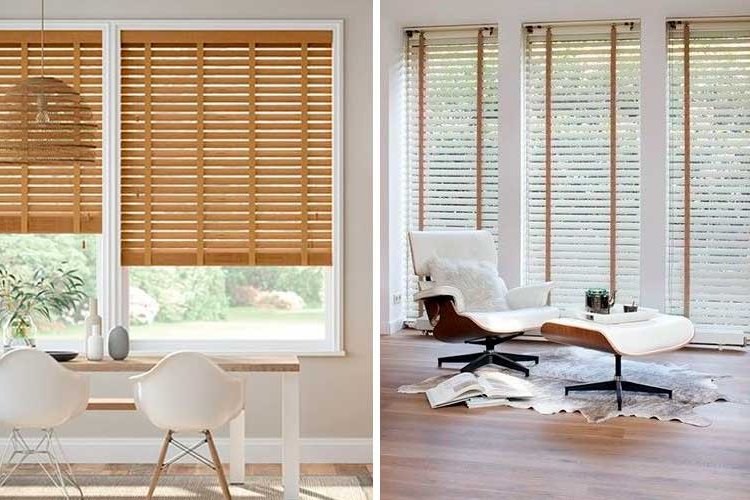
Shutters
They are like doors the size of the window sash that allow the passage of light to be closed.
They are available in folding or single leaf, smooth or panelled, and can be in one piece (the height of the window) or with partitions (which allows some areas to be opened and not others).
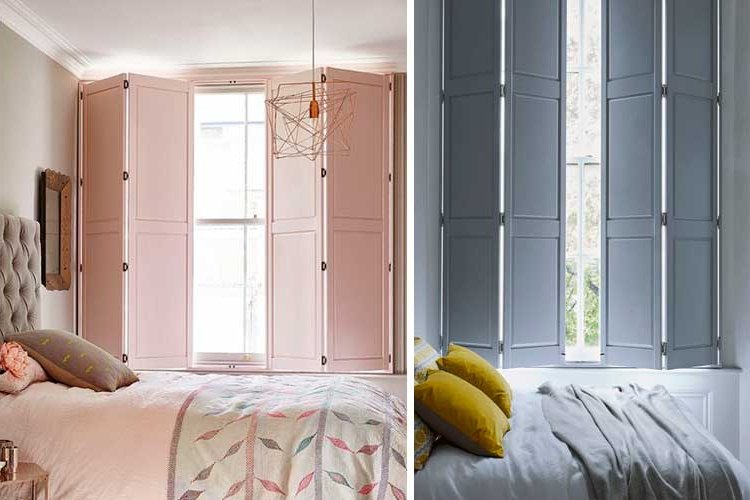
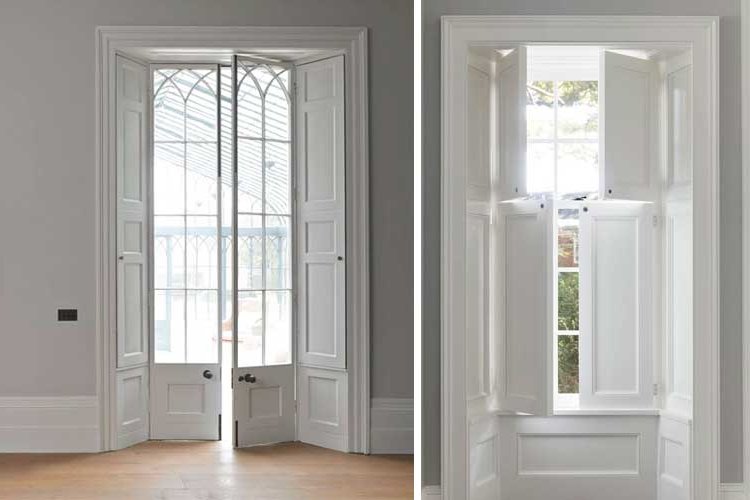
Corners
It is one of the most classic systems in existence.
In fact, the system is similar to that of the shutter, although instead of opaque, they have louvers that let light through, although unlike Venetian blinds, in this case the louvers are fixed.
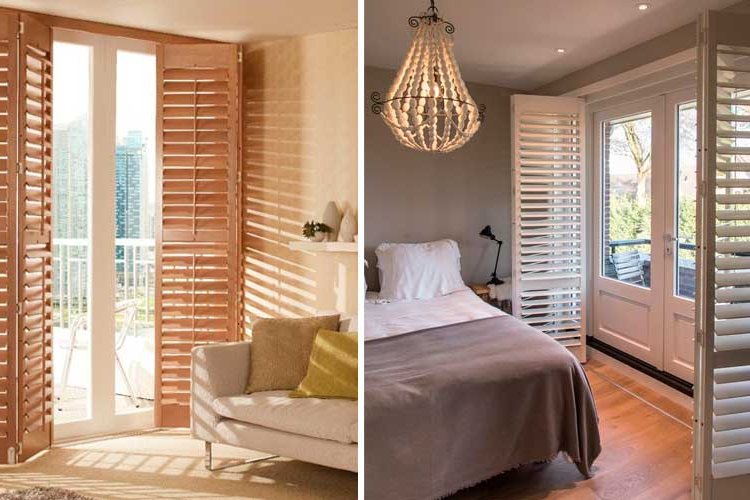
In addition, in most cases they go on the outside of the window instead of the inside, allowing curtains to be installed or windows to be left open while the light is regulated.
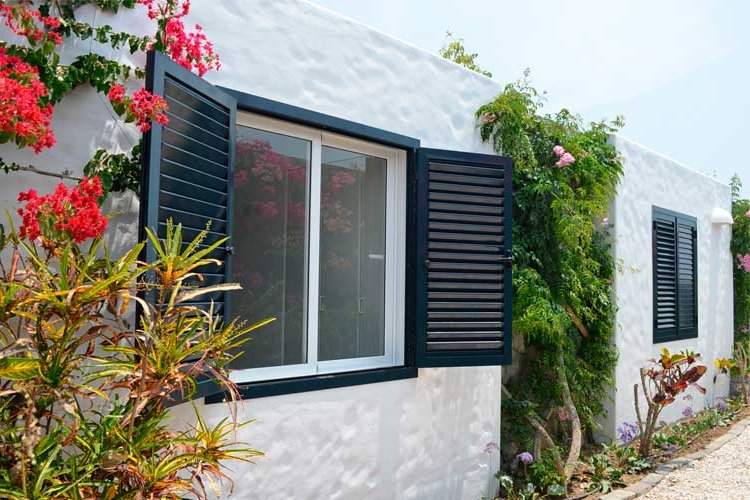
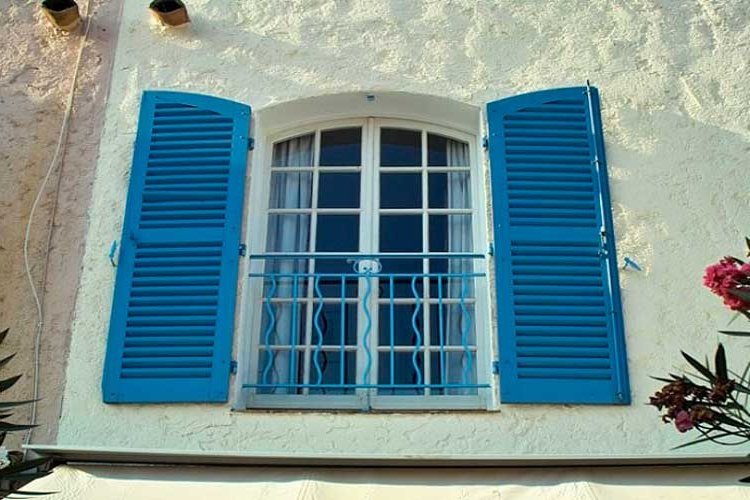
Today, similar systems can also be installed but with different opening methods, either sliding or tilting.
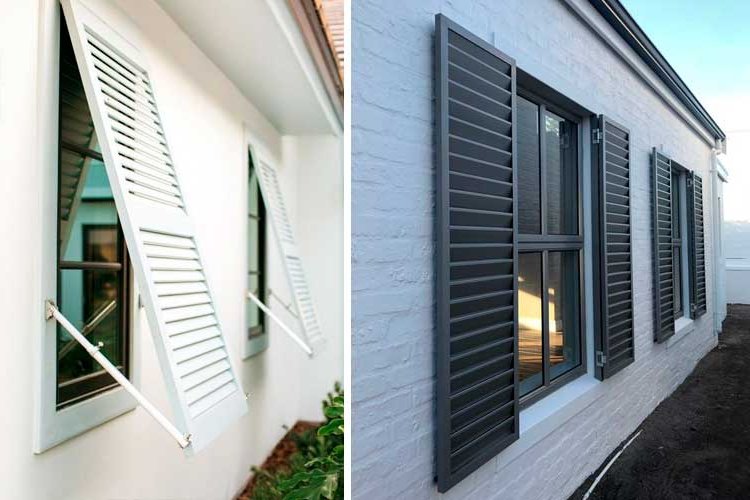
Pleated curtains
If you live on first floors and are looking for privacy in the lower area of the window, the conventional blind will not do much good, as it always falls from above.
For these cases, pleated curtains are more interesting, which are fitted by means of guides in the window sash, allowing them to run along the window as desired.
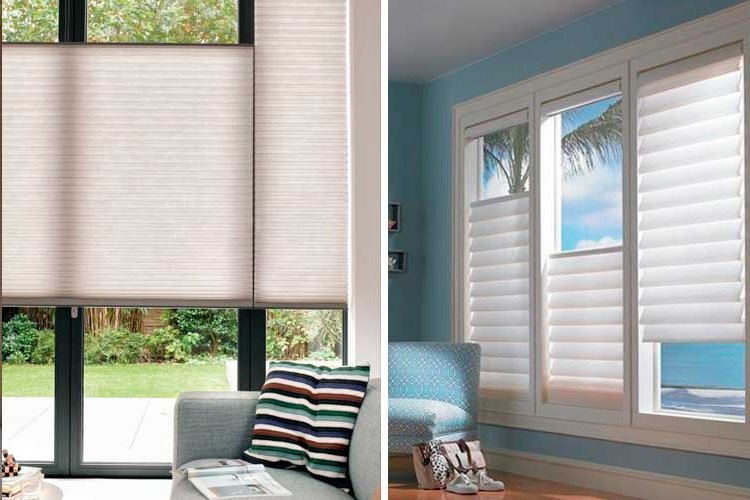
As you can see, there are multiple options to cover your windows, either with traditional blinds or with the many alternatives offered by the market.



